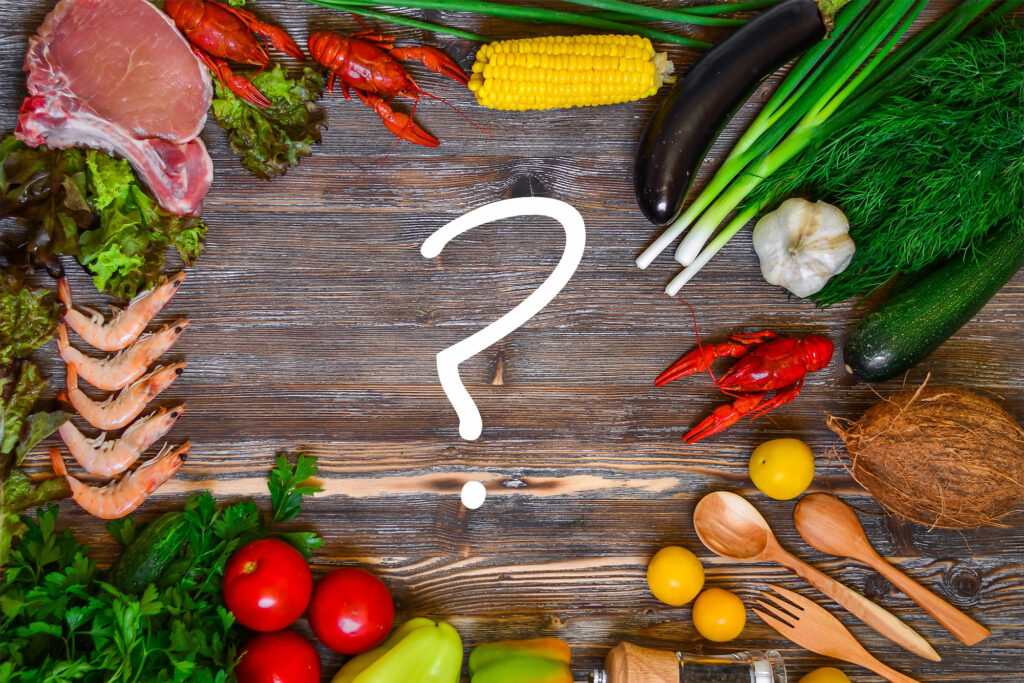So the other day I ended up on a vegan website after hearing about it on a business podcast I listen to. The site is beautiful, informative, funny; and, honestly, gives compelling arguments for being vegan. We are the only species that are biologically suited to eating a certain way, but that sometimes chooses, for ethical or religious reasons, to eat differently. The way someone eats is deeply personal, and belief in their diet can border on the same passion many have for politics or religion.
But there’s overwhelming evidence that points to humans being evolved to eat both plants and animals, albeit the ratios are largely different based on region. So let’s look at why this is true.
There are vegans who argue that physical features of humans firmly place them in the herbivore camp: small jaw relative to our heads, blunt fingernails, broad, flattened teeth, and well-developed facial muscles to name a few. Conversely, people who endorse the carnivore diet say that our incisors, vertical jaw movements, no bacteria in our stomachs, etc. prove that we evolved to be carnivorous. We simply can’t look at our physical characteristics the way we do with other animals because humans evolved with complex tools and food handling processes that remove the need for many of the physical characteristics we would otherwise have to process certain types of food. Humans figured out how to pre-process our food; our ancestors would grind and mash vegetables before consumption and used spears and sharp tools to cut apart meat, making certain things like our tooth shape practically meaningless when it comes to defining what humans ate hundreds of thousands of years ago.
Often, the case for humans being herbivores is made based on our similarities to higher primates. Leading with the argument that primates such as chimpanzees, bonobos, and gorillas are essentially herbivores and citing anatomy that’s similar to humans, many non-meat eaters feel this is the type of diet we’re best suited for. But is this true?
Primates do not only eat plants; let’s look at chimpanzees. While plant matter does make up a large portion of their diet, they consume meat on a regular basis. They actually hunt other animals (often using tools they’ve whittled from branches), frequently smaller monkeys, for their protein supply. Not only this, apes, bonobos, and gorillas spend a large amount of their time finding and consuming insets, also using tools to speed up this process. While a small percentage of their diet, these insects provide valuable nutrients they aren’t getting enough of (or at all) from plant foods such as B12, iron, manganese, sodium, and copper. Insects are also a valuable source of protein with 46-96% easily digested essential amino acids, and, surprisingly a good source of fat: termites are 49% fat, half of that being heart-healthy oleic fat. Fun fact: termites are to primates as avocados and olive oil are to humans.
Anatomically, humans and primates are quite different. While we have a much greater gut volume that’s dedicated to the small intestine at 56%, primates have their greatest gut volume in their colon, at over 45% percent. What does this mean? A lot of space is dedicated to breaking down plant roughage in the primates’ guts, while our larger small intestine demonstrates that humans have adapted to higher-density foods, like meat and cooked, easier-to-digest vegetables.
And what about the idea that humans are carnivores? Aside from the fact that fiber plays such an important role in digestion and plant matter is a vital prebiotic for gut health, there’s evolutionary evidence that humans evolved to produce more salivary amylase to break down starches into sugar, ready to digest. This enzyme is coded by the AMY1 gene, and there are higher AMY1 copies in cultures with a historically higher starch intake than those with low starch intakes. This genetic evolution shows that humans have long been incorporating starch-rich foods as an essential part of our diets.
The message is clear. Humans have evolved to eat both plants and animals, and each play a vital role in the human body. Humans are also highly adaptable, and every person is unique. A need for whole foods, made up of both plants and animals, is about as much as one can prescribe for the foundation for optimal health. Beyond that – the macronutrient ratios, the amounts and types of plants and animals one should eat, etc. – there’s no one-size-fits-all approach.
We are constantly bombarded with articles, studies, documentaries, books, and fad diets that claim there is one “right” way to eat for everyone, and that’s simply not true. As a general rule of thumb, we want to be eating about half of our calories from animal products, half from plants. Fill your plate with 1/4 to 1/3 meat, and 2/3 to 3/4 plants for a nutrient-dense meal. Pay attention to how you feel after you eat and adjust accordingly; your body’s intuition is stronger than you may realize.
Sources:
What is the Optimal Diet for Humans, Part 2

